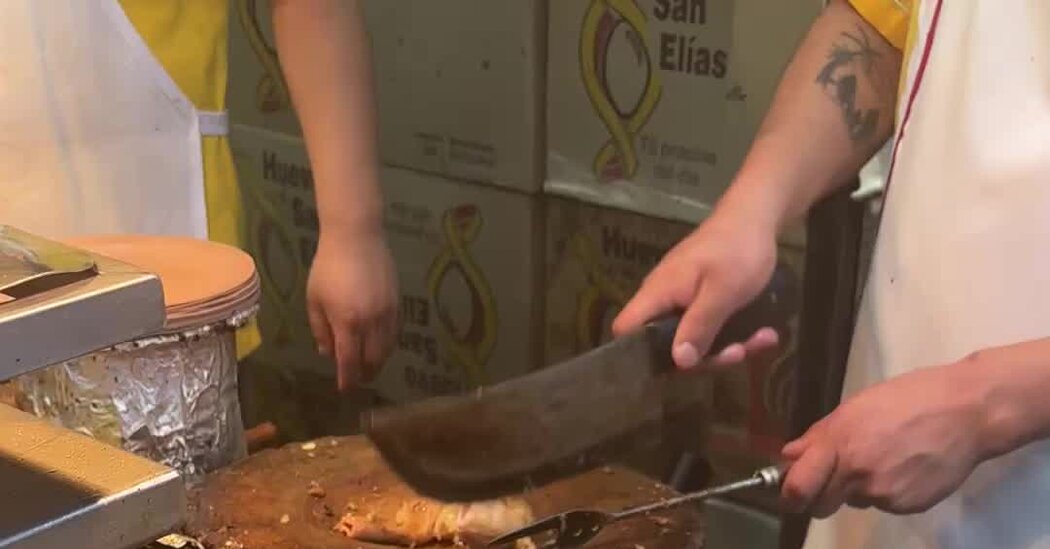
When the heavens opened up over Mexico City this year, chaos ensued in the streets.
Water flooded homes, roads, sidewalks, metro stations and even the airport, in what officials called the worst rainy season in at least 40 years.
Contributing factors to the frequent flooding, experts said, including climate change, an antiquated drainage system, rapid urban growth and the ground slowly sinking under the city.
But one ingredient, at least, is in many citizens’ direct control: trash, especially grease, especially cooking waste.
“Imagine a layer of fat in your arteries, like cholesterol,” said Ricardo Munguía, who oversees the hydraulic infrastructure for Mexico City’s water and sewer agency. “It’s a big problem.”
An estimated four of every five standing pools of water are caused by trash or materials that should not be in the drainage pipes, he said. One of those materials, he said, is fat from restaurants, markets, taquerías and more.
The post Mexico City Loves Street Food. Its Sewer System Does Not. appeared first on New York Times.



